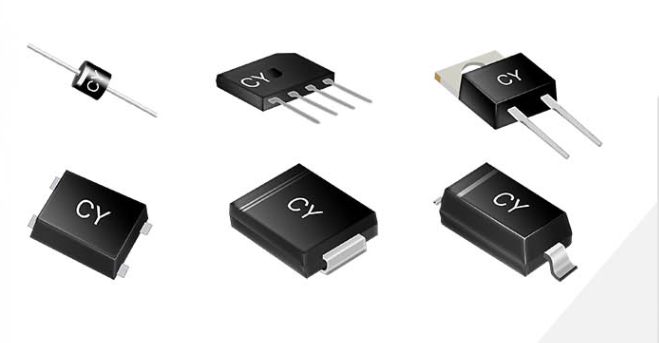Can WIFI technology achieve counterattacks in the field of smart home?
The reason why WIFI technology is counter-attack in smart home is because WIFI technology is a mainstream technology of wireless smart home, but its influence is far less than that of ZigBee and other communication technologies. The application scope in smart home is still very limited. At the same time, with the introduction of energy-saving technology and the improvement of chip technology, WIFI technology gradually shows its own unique advantages in smart home applications, and has the possibility of counterattack.
When communication technology in smart homes goes to the fork of wired communication technology and wireless communication technology, the wired communication technology that has been transformed from industrial control is basically limited to places where there are centralized management places such as large-scale commercial places. Wireless communication technology has become the mainstream communication technology for smart homes due to its simple installation and wiring. The wireless communication technologies in smart home mainly include infrared communication technology, 433MHz RF technology less than 1GHz, Bluetooth technology, ZigBee communication technology, Z-Wave technology, WIFI technology, etc., which have high security and stability and low energy consumption. ZigBee communication technology is recognized as the most common technology used in smart homes, and is widely used by smart home enterprises, such as the domestic smart home pioneers IoT sensing.
Although WIFI technology is not as widely used in smart home applications as ZigBee and other communication technologies, the application of WIFI technology to smart homes has the advantage that other technologies are incomparable. Each technology has advantages and disadvantages, but regardless of the communication technology used, if you want to achieve remote control of home equipment, the equipment needs to access the Internet. WIFI communication technology is the mainstream technology for mobile terminals to access the Internet. Devices that use other communication technologies other than WIFI technology need to be converted by the home gateway, such as ZigBee and Z-Wave.
As the world's most widely used short-range wireless communication technology, WIFI has its own advantages. WIFI is a wireless extension of Ethernet. The cost of networking is lower; the transmission speed is higher, it can reach 54Mbps; the transmission speed is very fast, it can reach 11mbps; the coverage of radio waves is wide, and the radius is up to 100 meters. In addition, WIFI power consumption is low, which can reduce the battery power consumption of the equipment used, and can be embedded in other equipment, such as medical monitoring equipment, building control systems, etc. At the same time, WIFI technology development is difficult, and the research and development threshold is low, to a certain extent. Reduced costs. For smart homes, WiFi technology has advantages. The WiFi intelligent node can directly connect to the wireless router and access the home Internet; without the need for a home gateway, the connected device can be expanded; no wiring is required, and the existing interior design style is not destroyed.
Of course, WIFI technology has its shortcomings compared to ZigBee, Z-Wave, and 433MHz RF. The power consumption is too large, the price is high, and the anti-interference ability of security is slightly lower, which is an important reason that hinders the further development of WIFI technology in smart home applications. However, with the introduction of energy-saving technologies and improvements in chip technology, power consumption and price issues have gradually been resolved. In fact, in homes, offices and other places, WIFI technology can enable simple controllers to control home devices, such as controlling the lighting system through smart phones with WIFI functions, adjusting the brightness of lights, opening doors and windows, home appliances, etc. . Before the smart home products such as smart bulbs released by Philips, Samsung, LG, etc., most of them use or support WIFI wireless communication technology, open a smart phone or tablet, connect to WIFI, and operate the home equipment through the smart home system software. It is also relatively simple.
In view of the difficulty in the development of WIFI technology, it can be used as a “knocking door†for many enterprises in the smart home industry , and it is also a standard configuration for devices such as notebooks, tablets and smart phones, so smart homes based on WiFi technology may be gradually promoted. And application, the market has broad prospects.
General-purpose rectifiers belong to the most widely used category of rectifiers, and their classification is relative to those with special functions, such as fast, high-frequency, and so on.
Our universal rectifiers are of original quality, complete models, high visibility, affordable prices, and fast shipping!

Rectifiers,General Purpose Rectifiers,Rectifier Diode,General Purpose Rectifier Diodes
Changzhou Changyuan Electronic Co., Ltd. , https://www.cydiode.com